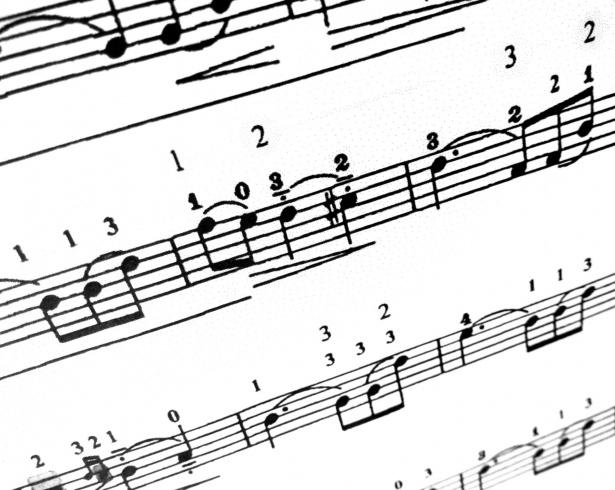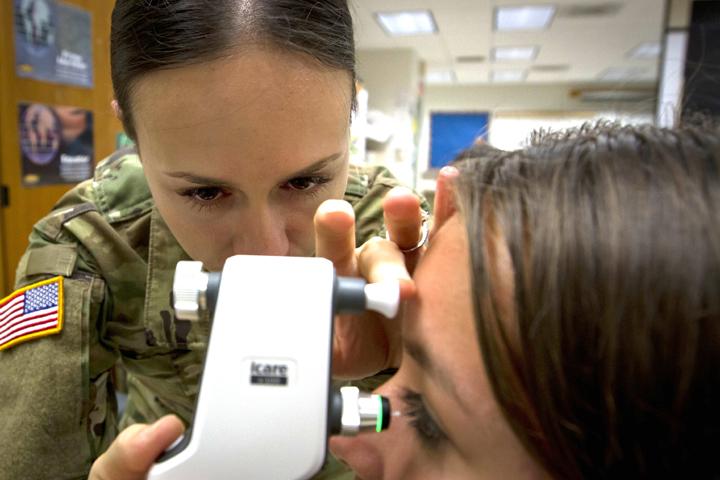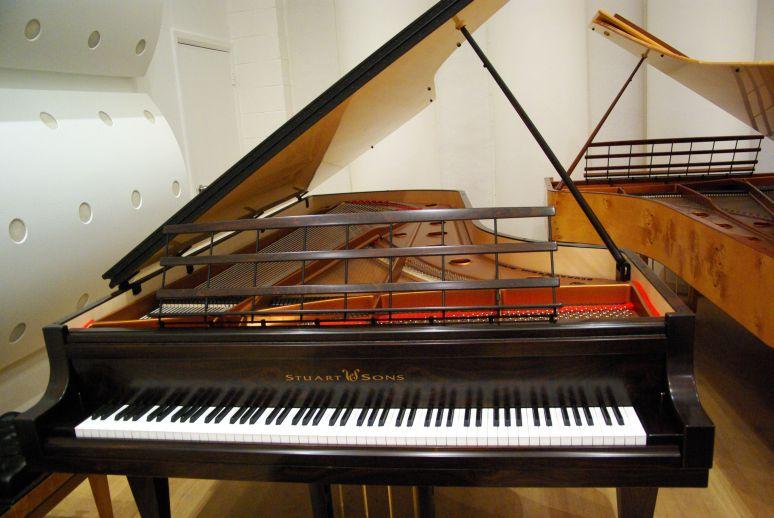Many piano players face the problem of note recognition while learning a piano. Such students try to memorize the piece without learning the same. These students make slow or no progress even after months of training. If such students go on a week break, they may forget a piece they have learned for months.
So people need to learn the note recognition in the right way. They need to develop a musical ear and hear the notes to play them on a piano or keyboard. Let us check out some ways to improve the mote recognition in piano.
Teach the sheet music
You want the music of your pupils to be useful rather than entirely expendable to them. Students who favor memorization over reading fundamentally tell you that they have nothing to do with their sheet music. You should spend substantial quantities of time with the sheet music when learning a fresh piece before your learners even touch the keys. Leaning the sheet music can help them in learning piano as well as other instruments.
Teach pattern recognition
The most critical factor that improves sight-reading is a person’s ability to recognize the music pattern quickly. They should be able to identify patterns like chord shapes, harmonic structures, arpeggios, scale runs, etc. As quickly a student can start reading music patterns (not individual notes), the faster they will improve their recognition skills.
Eliminate non-music related issues
Young piano students who don’t seem to be interested in learning how to read music should look for hints that there’s a vision problem at hand. They should take a vision screening test to check their vision. It will help them in many other fields of their life not only in note recognition in learning piano.
In the same way, kids with dyslexia also often discover it nearly impossible to read notes. Teachers should encourage dialog with their students as to why they don’t like to look at their music. It will help teachers to find out about possible problems linked to non-music.
Use a color highlighter
Take the time with your student to “chunk up” the item. Identify patterns, sequences, and segments that are repeated. Make each their color so your students can quickly look at music and say, “Oh, That’s the green again.”
For many piano students, a page of sheet music can be as difficult to read a text in foreign language. Tell them the chance to find that piano pieces are not made up of single notes, but rather musical thoughts. Make their page colorful and user-friendly.
Avoid writing in note names
Instead of writing note names or finger numbers on your student’s page, use markings, skips, and distances in the locations your student requires additional assistance. This kind of reading will make your student more productive, and they will be more likely to watch their music while they are playing. Doing this, in turn, their reading of music notes will enhance dramatically).
Watch your leveling
These students are not supposed to play pieces above the level they can read comfortably. Avoid falling into the repertoire assignment trap based on what they can play and memorize through the ear. Some learners become so skilled in this manner of playing (as a manner of coping) that there are miles behind their note reading where their ability to play is.
There’s plenty of repertoire out there that sounds fantastic but is at an accessible level for readers struggling. The more you reinforce a piece’s “memorize-first” way of learning, the more difficult it is to encourage reading.
Make use of apps
There are plenty of smart-phone apps to help students learn to play the piano and keyboard. Students can download the piano learning apps that also help with note recognition. Flow Key, Piano Maestro, and Note Quest and Magic Piano are examples of such apps. There are many other apps that you can find on Google Play and Apple store to use on your Android and iOS devices. The advantage of using apps is that you can use them without the help of a trainer.
Practice the notes on a piano
It is also essential for learners to practice the notes on real piano or keyboard. Pianos are expensive, but keyboards are affordable. The online marketplaces like Amazon and eBay offer affordable keyboard for sale where you can buy them for daily practice.
Final Words
These are some techniques that piano teachers can use to teach their students about note recognition. These techniques can help teachers to find the reasons for issues in note recognition and train them accordingly.
Teaching sheet music will develop their note reading skills while teaching reading music patterns will develop note recognition in them. Using markings can help them reading music notes and develop their note recognition ability. Following these tips can help students to learn note recognition in Piano and keyboard.


